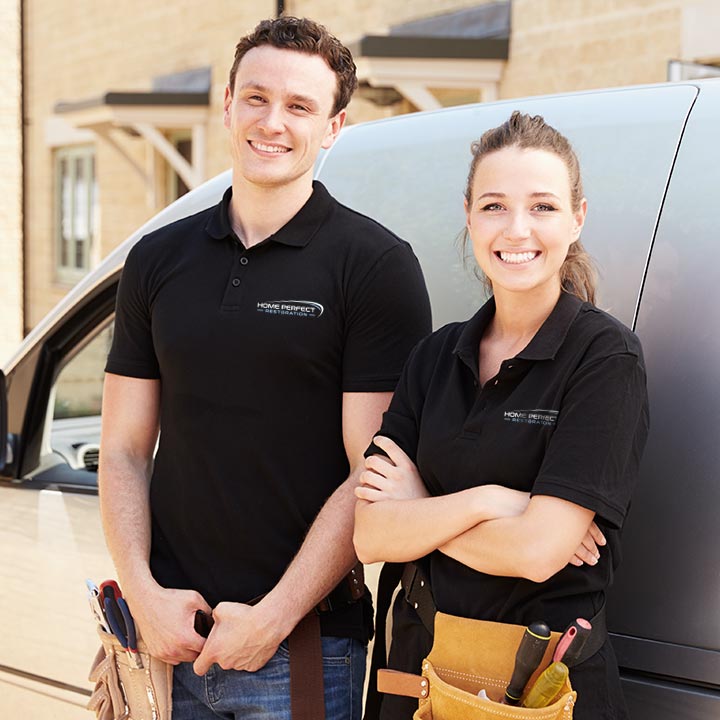In recent years, the shifting landscape of cannabis legalization has opened up new opportunities for community revitalization. One intriguing avenue involves the rehabilitation of former marijuana grow houses, transforming them from symbols of an illicit past into catalysts for positive change. This innovative approach not only addresses the remnants of a once-taboo industry but also provides a platform for community regeneration, job creation, and neighborhood revitalization.
One of the primary benefits of repurposing these properties is the immediate economic impact on local communities. When abandoned grow houses are given a second life, they become sources of employment for local contractors, electricians, plumbers, and other skilled laborers. This not only stimulates economic activity but also addresses the blight often associated with vacant properties, enhancing the overall aesthetic appeal of the neighborhood.
Moreover, the transformation of former marijuana grow houses can contribute significantly to the development of affordable housing. With the increasing demand for housing in many urban areas, repurposing these structures can help alleviate the shortage. By converting these buildings into apartments or affordable housing units, communities can offer safe and cost-effective living spaces, thus addressing a critical need while enhancing the overall fabric of the neighborhood.
Community regeneration, however, goes beyond mere economic benefits. Rehabilitating former grow houses provides an opportunity for social reintegration and community engagement. Local residents can actively participate in the transformation process, fostering a sense of ownership and pride in their neighborhood. Community gardens, communal spaces, or local art projects within these rehabilitated structures can serve as focal points for residents, fostering a stronger sense of unity and connection.
In addition to economic and social benefits, the environmental impact of repurposing these properties is noteworthy. Retrofitting existing structures is inherently more sustainable than constructing new ones. By repurposing former grow houses, we can reduce the environmental footprint associated with new construction and utilize existing resources more efficiently. This approach aligns with the broader goals of sustainable development, contributing to a greener and more environmentally conscious community.
The rehabilitation of former marijuana grow houses represents a unique opportunity for communities to turn a page on a once-controversial chapter in their history. These projects can transform blighted areas into vibrant and thriving neighborhoods. The transition from “green” to “clean” not only symbolizes the evolution of cannabis policies but also signifies a commitment to building stronger, more resilient communities for the future.
If you’re interested in rehabbing a former grow house, give us a call at Home Perfect. We specialize in doing this type of work, along with the mold remediation that is often necessary in such circumstances. Whether you’re renovating a home for personal use or as an investor, we can help you take a property with potential and turn it into a terrific family home once again.








